#the colosseum
Photo
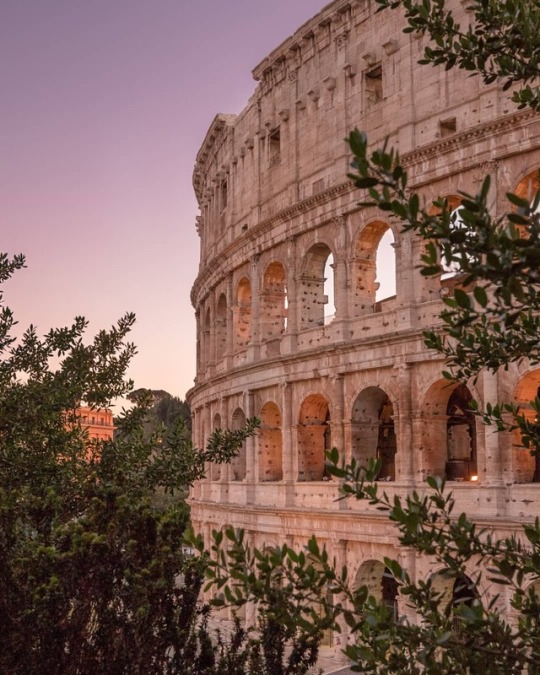
Il Colosseo
Rome, Italy
Ig: deux_photography
1K notes
·
View notes
Text
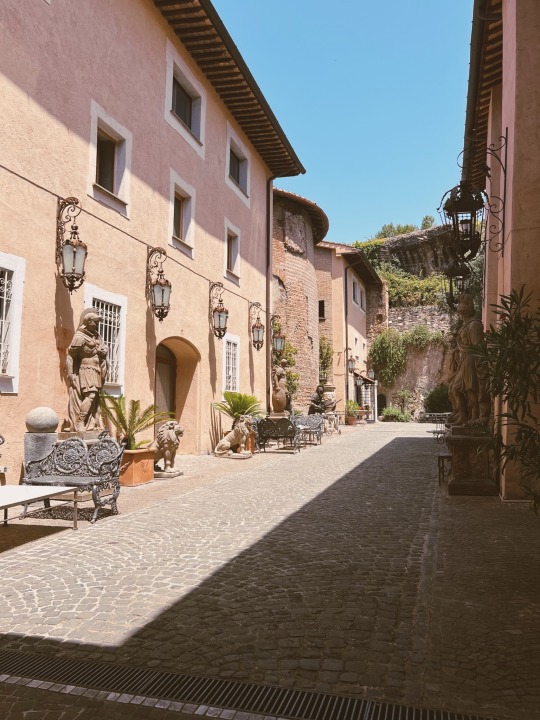

I love Rome ♥️


60 notes
·
View notes
Text
"It is because we enter into the meditations, designs, and destinies of something beyond ourselves that the contemplation of the ruins of human power excites an elevating sense of awfulness and beauty. It is therefore that the ocean, the glacier, the cataract, the tempest, the volcano have each a spirit which animates the extremities of our frame with tingling joy. It is therefore that the singing of birds, and the motion of leaves, the sensation of the odorous earth beneath, and the freshness of the living wind around is sweet. And this is Love. This is the religion of eternity, whose votaries have been exiled from among the multitude of mankind. O Power!"
Percy Bysshe Shelley, "The Colosseum" (1818)
#literature#the colosseum#percy bysshe shelley#romanticism#quotes#quote#romantic era#poetry#ruins#art#dark academia#light academia#academia#englit5098#rome#1810s#nature
20 notes
·
View notes
Photo






(via Rome Comes to Life in Photochrom Color Photos Taken in 1890: The Colosseum, Trevi Fountain & More | Open Culture)
#Rome#Vintage Photography#photochrom#Photochrom Color Photos#1890#The Colosseum#trevi fountain#the pantheon#Open Culture#ancient histor#Architecture#Wonders of the World#Travels 2023#Italy
25 notes
·
View notes
Text

The Colosseum, Rome, Italy
19 notes
·
View notes
Photo
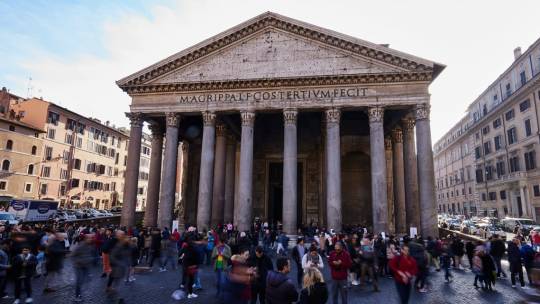

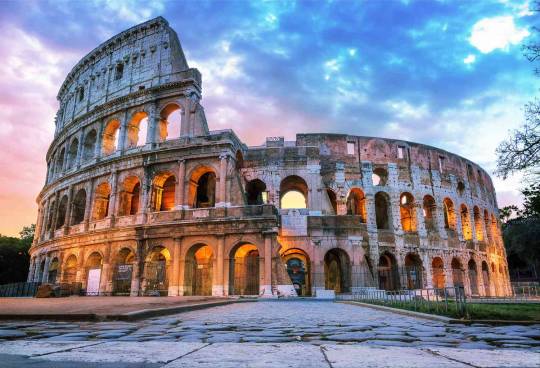
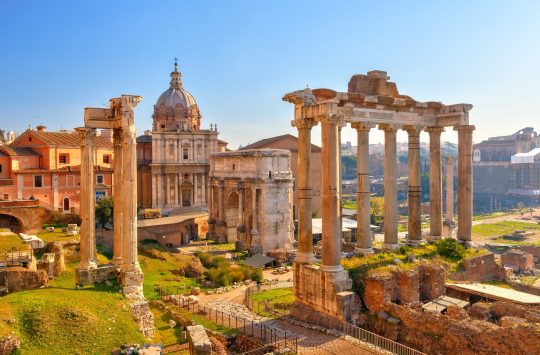


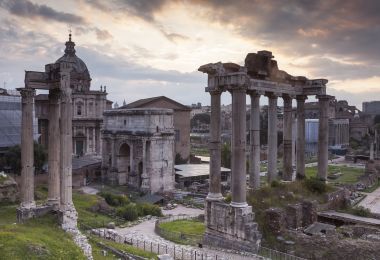

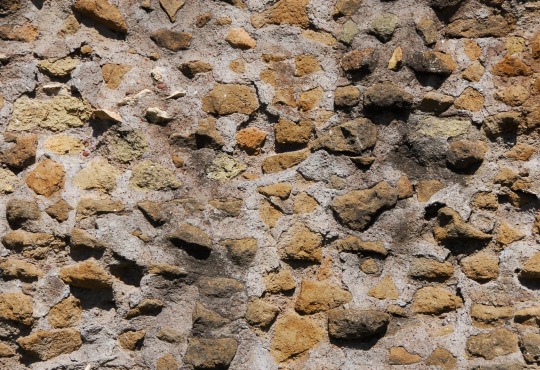

Roman Concrete: Mystery of Why Roman Buildings Have Survived so long has been Unraveled
The majestic structures of ancient Rome have survived for millennia — a testament to the ingenuity of Roman engineers, who perfected the use of concrete.
But how did their construction materials help keep colossal buildings like the Pantheon (which has the world's largest unreinforced dome) and the Colosseum standing for more than 2,000 years?
Roman concrete, in many cases, has proven to be longer-lasting than its modern equivalent, which can deteriorate within decades. Now, scientists behind a new study say they have uncovered the mystery ingredient that allowed the Romans to make their construction material so durable and build elaborate structures in challenging places such as docks, sewers and earthquake zones.
The study team, including researchers from the United States, Italy and Switzerland, analyzed 2,000-year-old concrete samples that were taken from a city wall at the archaeological site of Privernum, in central Italy, and are similar in composition to other concrete found throughout the Roman Empire.
They found that white chunks in the concrete, referred to as lime clasts, gave the concrete the ability to heal cracks that formed over time. The white chunks previously had been overlooked as evidence of sloppy mixing or poor-quality raw material.
"For me, it was really difficult to believe that ancient Roman (engineers) would not do a good job because they really made careful effort when choosing and processing materials," said study author Admir Masic, an associate professor of civil and environmental engineering at the Massachusetts Institute of Technology.
"Scholars wrote down precise recipes and imposed them on construction sites (across the Roman Empire)," Masic added.
The new finding could help make manufacturing today's concrete more sustainable, potentially shaking up society as the Romans once did.
"Concrete allowed the Romans to have an architectural revolution," Masic said. "Romans were able to create and turn the cities into something that is extraordinary and beautiful to live in. And that revolution basically changed completely the way humans live."
Lime clasts and concrete's durability
Concrete is essentially artificial stone or rock, formed by mixing cement, a binding agent typically made from limestone, water, fine aggregate (sand or finely crushed rock ) and coarse aggregate (gravel or crushed rock).
Roman texts had suggested the use of slaked lime (when lime is first combined with water before being mixed) in the binding agent, and that's why scholars had assumed that this was how Roman concrete was made, Masic said.
With further study, the researchers concluded that lime clasts arose because of the use of quicklime (calcium oxide) — the most reactive, and dangerous, dry form of limestone — when mixing the concrete, rather than or in addition to slaked lime.
Additional analysis of the concrete showed that the lime clasts formed at extreme temperatures expected from the use of quicklime, and "hot mixing" was key to the concrete's durable nature.
The benefits of hot mixing are twofold," Masic said in a news release. "First, when the overall concrete is heated to high temperatures, it allows chemistries that are not possible if you only used slaked lime, producing high-temperature-associated compounds that would not otherwise form. Second, this increased temperature significantly reduces curing and setting times since all the reactions are accelerated, allowing for much faster construction."
To investigate whether the lime clasts were responsible for Roman concrete's apparent ability to repair itself, the team conducted an experiment.
They made two samples of concrete, one following Roman formulations and the other made to modern standards, and deliberately cracked them. After two weeks, water could not flow through the concrete made with a Roman recipe, whereas it passed right through the chunk of concrete made without quicklime.
Their findings suggest that the lime clasts can dissolve into cracks and recrystallize after exposure to water, healing cracks created by weathering before they spread. The researchers said this self-healing potential could pave the way to producing more long-lasting, and thus more sustainable, modern concrete. Such a move would reduce concrete's carbon footprint, which accounts for up to 8% of global greenhouse gas emissions, according to the study.
For many years, researchers had thought that volcanic ash from the area of Pozzuoli, on the Bay of Naples, was what made Roman concrete so strong. This kind of ash was transported across the vast Roman empire to be used in construction, and was described as a key ingredient for concrete in accounts by architects and historians at the time.
Masic said that both components are important, but lime was overlooked in the past.
The research was published in the journal Science Advances.
By Katie Hunt.
#Mystery of Why Roman Buildings Have Survived so long has been Unraveled#roman concrete#the pantheon#the colosseum#roman engineers#architecture#archeology#archeolgst#history#history news#ancient history#ancient culture#ancient civilizations#ancient rome#roman history#roman empire#roman buildings#long reads
105 notes
·
View notes
Text

Ok this was a fucking experience
11 notes
·
View notes
Text
I don’t think I will never get used to the real spelling of coliseum being that
3 notes
·
View notes
Photo





A general view of the peloton passing The Colosseum during the 106th Giro d'Italia 2023, Stage 21 a 126km stage from Roma to Roma on May 28, 2023 in Rome, Italy. (Photos by Stuart Franklin/Getty Images)
16 notes
·
View notes
Text

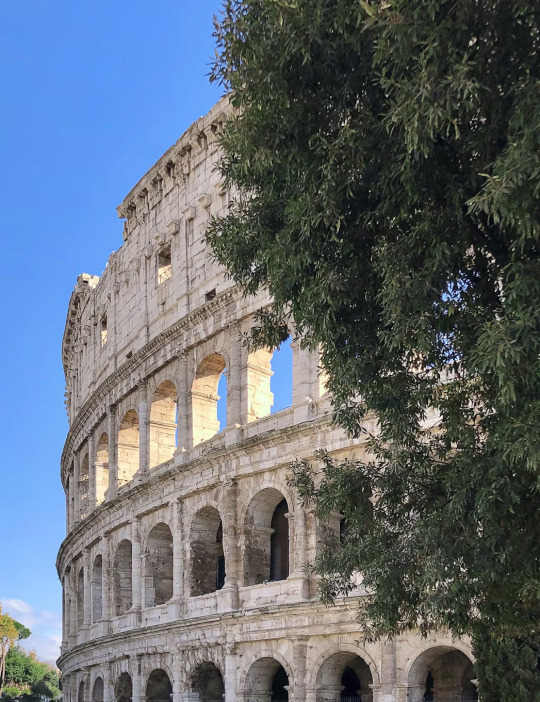

The Colosseum, Rome, Italy
Zheka Boychenko
5 notes
·
View notes
Text

3 notes
·
View notes
Photo

69 notes
·
View notes
Text
youtube
Watch the 2024 American Climate Leadership Awards for High School Students now: https://youtu.be/5C-bb9PoRLc
The recording is now available on ecoAmerica's YouTube channel for viewers to be inspired by student climate leaders! Join Aishah-Nyeta Brown & Jerome Foster II and be inspired by student climate leaders as we recognize the High School Student finalists. Watch now to find out which student received the $25,000 grand prize and top recognition!
#ACLA24#ACLA24HighSchoolStudents#youtube#youtube video#climate leaders#climate solutions#climate action#climate and environment#climate#climate change#climate and health#climate blog#climate justice#climate news#weather and climate#environmental news#environment#environmental awareness#environment and health#environmental#environmental issues#environmental education#environmental justice#environmental protection#environmental health#high school students#high school#youth#youth of america#school
17K notes
·
View notes
Text
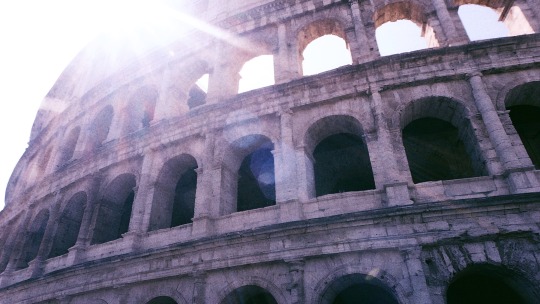
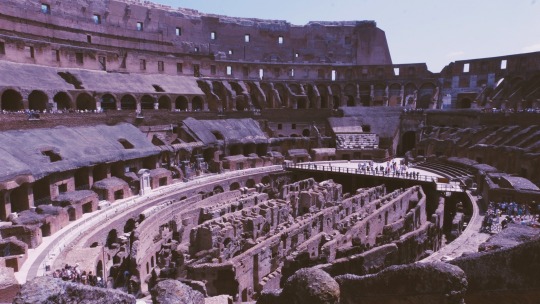
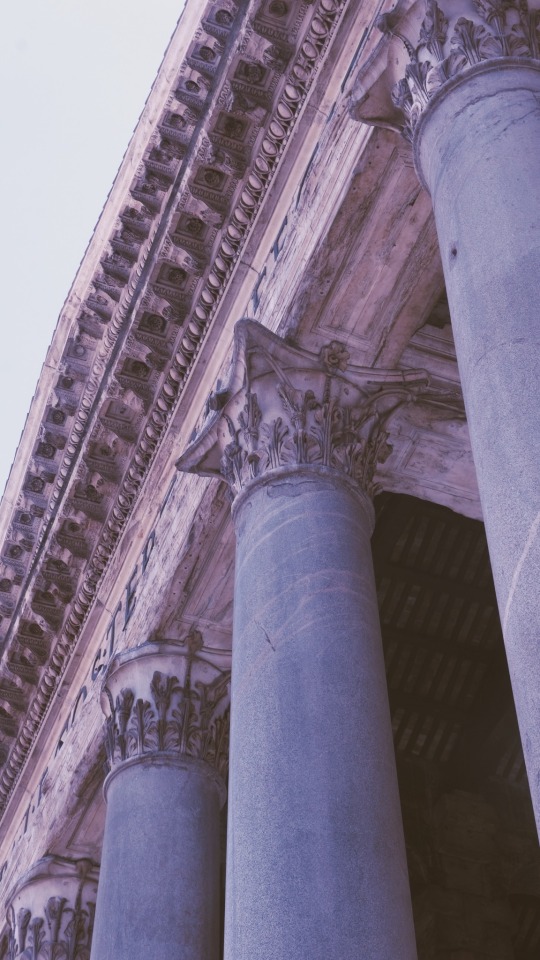
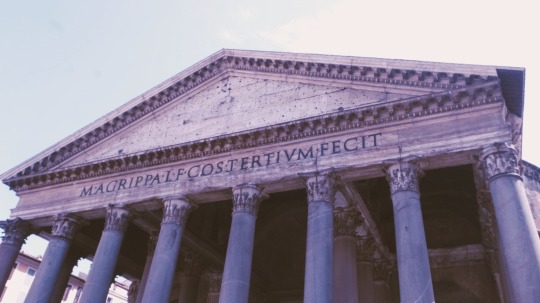
History dump
#the colosseum#the pantheon#rome#rome italy#roman history#romans#amateur photography#amateur photographer#fujifilm xt4#fujifilm x t4#fujifilm#fujinon
30 notes
·
View notes
Text

William Timlin (1892-1943) “The Colosseum” (1932)
Source
2 notes
·
View notes
Text


Stevie performing at The Colosseum at Caesers Palace in Las Vegas, Nevada, May 10th, 2005.
#stevie nicks#fleetwood mac#the colosseum#caesers palace#las vegas#nevada#2005#black outfit#velvet coat#sequin corset#black lace#lace trim#black dress#flowy dress#layered dress#moon necklace#jewellery#red nails#tambourine#ribbons#mic stand decorations#smile
8 notes
·
View notes
Text
THE SEVEN WONDERS OF THE WORLD
The Seven Wonders of the World are sites of extreme grandness and uniqueness. We hope this list will urge you to travel and fulfil your wanderlust. If you have been to any of these places, do share your experience with us. Click the Link Now
Our planet Earth sustains life and witnesses unique natural and human-made structures that are awe-inspiring in their grandeur, uniqueness, craftsmanship, and ingenuity. The list of Seven Wonders of the World published in ancient times gets updated every year. Moreover, these monuments or structures excel in their grandeur, uniqueness, craftsmanship, and ingenuity. So, through this blog of…

View On WordPress
#Chichen Itza#Christ the Redeemer#Machu Pichu#Petra#Seven Wonders#Seven Wonders of the World#Taj Mahal#The Colosseum#The Great Wall of China#Travel#Travel Blogger#Travel Blogs#Travel Tips#Travliv#travliv360
3 notes
·
View notes
Text
youtube
Watch the American Climate Leadership Awards 2024 now: https://youtu.be/bWiW4Rp8vF0?feature=shared
The American Climate Leadership Awards 2024 broadcast recording is now available on ecoAmerica's YouTube channel for viewers to be inspired by active climate leaders. Watch to find out which finalist received the $50,000 grand prize! Hosted by Vanessa Hauc and featuring Bill McKibben and Katharine Hayhoe!
#ACLA24#ACLA24Leaders#youtube#youtube video#climate leaders#climate solutions#climate action#climate and environment#climate#climate change#climate and health#climate blog#climate justice#climate news#weather and climate#environmental news#environment#environmental awareness#environment and health#environmental#environmental issues#environmental justice#environment protection#environmental health#Youtube
17K notes
·
View notes